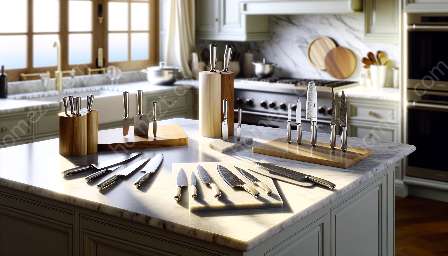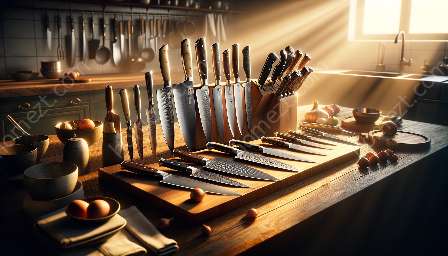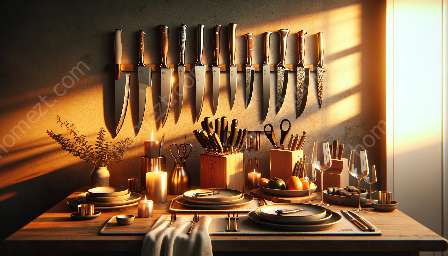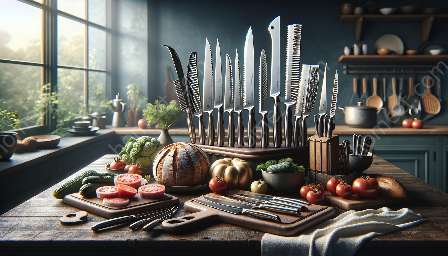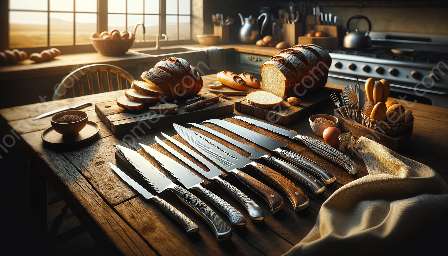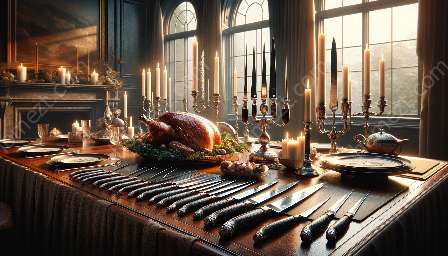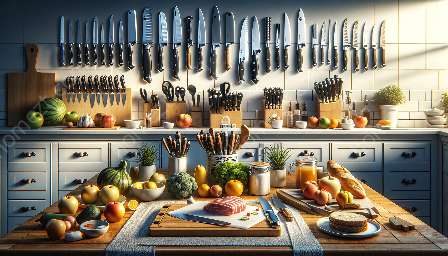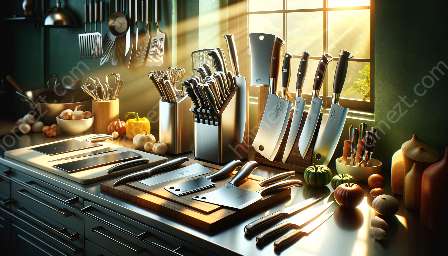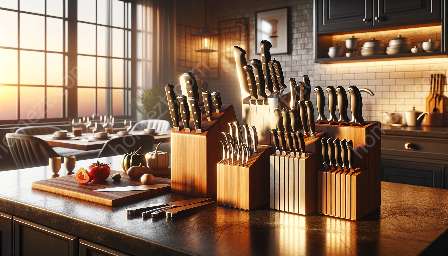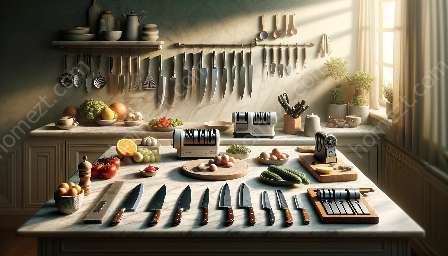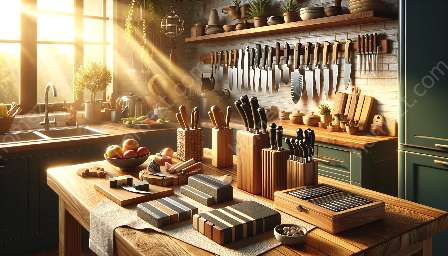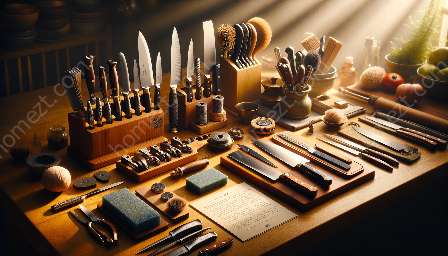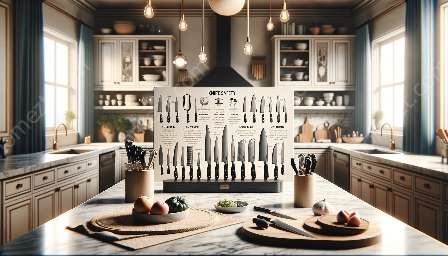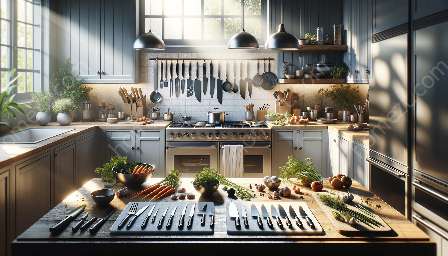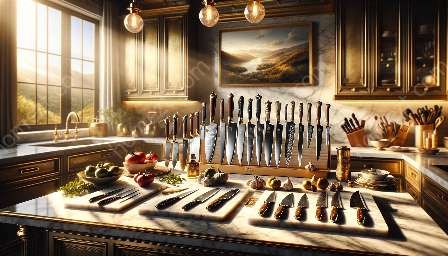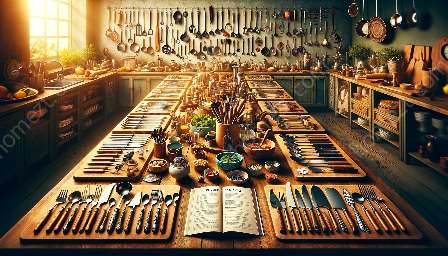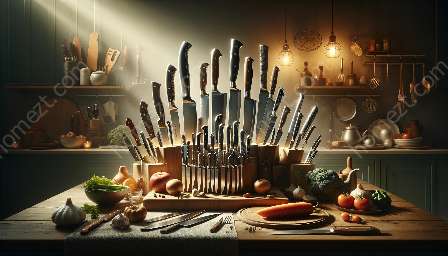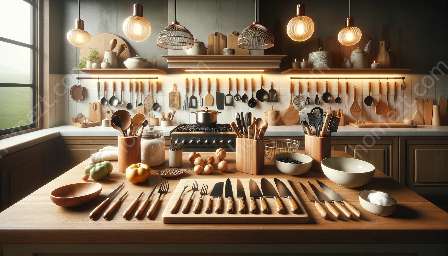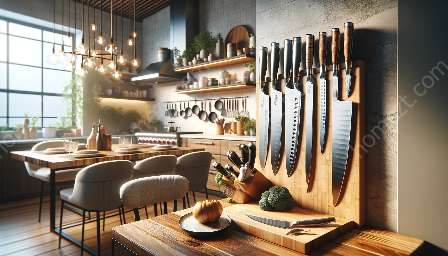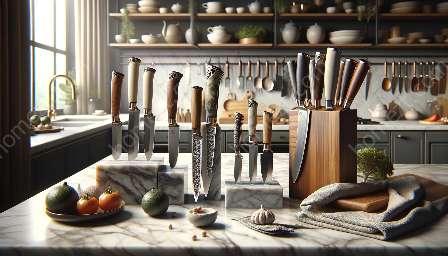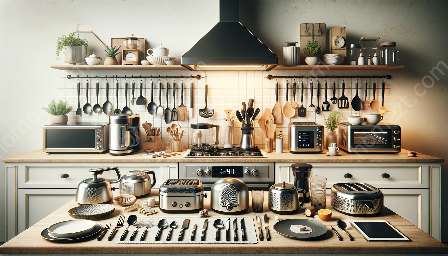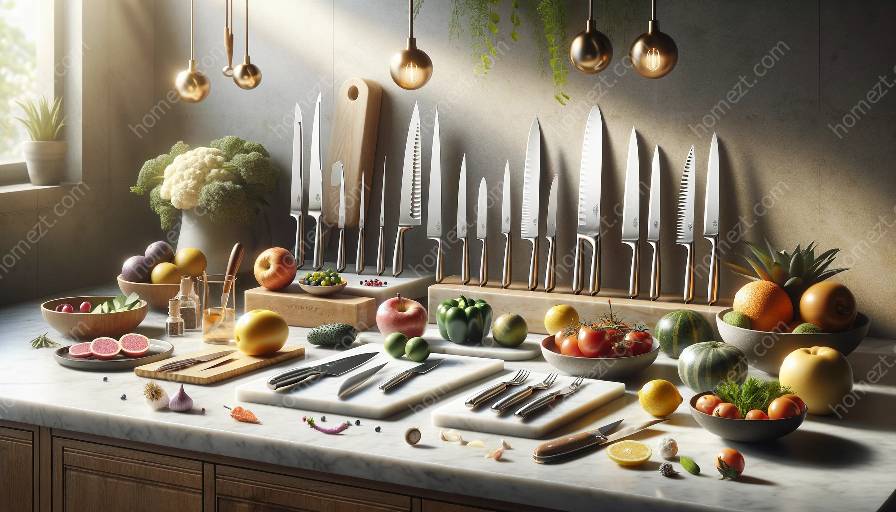When it comes to precision cutting in the culinary world, paring knives are an indispensable tool. Their versatility, sharpness, and ergonomic design make them a must-have in any kitchen. In this comprehensive guide, we'll delve into the art of using paring knives, their types, uses, and maintenance. Additionally, we'll explore the world of cutlery and its significance in the kitchen & dining experience.
Understanding Paring Knives
Paring knives are small, sharp knives commonly used in the kitchen for intricate cutting tasks. They are typically three to four inches in length, with a pointed tip and a narrow blade. The design of a paring knife allows for precise control and accuracy, making it ideal for tasks such as peeling, trimming, and shaping fruits and vegetables. The compact size of a paring knife also makes it convenient for handheld use, offering dexterity and maneuverability.
Types of Paring Knives
There are various types of paring knives designed to cater to different cutting needs:
- Straight Paring Knife: This type of paring knife features a straight edge, ideal for tasks such as peeling fruits and vegetables, deveining shrimp, and trimming excess fat from meats.
- Bird's Beak Paring Knife: Also known as a tourne knife, this uniquely curved paring knife is perfect for creating intricate garnishes and decorative cuts on fruits and vegetables.
- Sheep's Foot Paring Knife: With a rounded tip and a straight edge, this paring knife is great for precision slicing and mincing, particularly for herbs and smaller ingredients.
- Serrated Paring Knife: Featuring a jagged edge, this paring knife is suitable for cutting through delicate produce with tough or slippery skins, such as tomatoes and citrus fruits.
Uses of Paring Knives
Paring knives serve a multitude of purposes in the kitchen:
- Precision Cutting: Their small size and sharpness make them perfect for intricate tasks like hulling strawberries, deseeding peppers, or peeling delicate produce.
- Garnishing: Paring knives are often used to create decorative garnishes and intricate designs on food, adding an aesthetic appeal to dishes.
- Detail Work: When precision is key, paring knives excel at tasks like deveining shrimp, removing stems from fruits, and trimming excess fat from meats.
- Chef's Knife Support: Paring knives complement larger chef's knives by handling smaller, more delicate cutting tasks that require finesse and accuracy.
Maintaining Paring Knives
Proper maintenance is essential to ensure the longevity and performance of paring knives:
- Handwashing: To protect the blade and handle of a paring knife, it is recommended to handwash it with mild soap and warm water, followed by thorough drying.
- Sharpening: Keeping the blade sharp is crucial, and regular honing using a sharpening steel or a handheld knife sharpener is essential to maintain the knife's edge.
- Storage: Storing paring knives in a knife block or on a magnetic strip helps protect the blade and prevents accidental cuts when reaching for the knife.
- Usage: Avoid using paring knives on hard surfaces or cutting through bones, as this can damage the blade and compromise its sharpness.
The World of Cutlery
Cutlery, the collective term for cutting instruments like knives, forks, and spoons, is a fundamental component of the kitchen and dining experience. From the precision of chef's knives to the elegance of steak knives, cutlery plays a vital role in food preparation and consumption. The quality, craftsmanship, and design of cutlery can enhance the dining experience, adding aesthetic appeal and functionality.
Significance of Cutlery in Kitchen & Dining
Cutlery goes beyond mere utility; it contributes to the overall sensory experience of a meal:
- Aesthetics: Well-crafted cutlery complements table settings and elevates the visual appeal of a dining experience.
- Ergonomics: Ergonomically designed cutlery enhances comfort during mealtime, offering a pleasant dining experience.
- Functionality: The right cutlery helps in the efficient cutting, slicing, and serving of food, making the dining process enjoyable and convenient.
- Expression of Style: Cutlery choices can reflect personal style and add a touch of individuality to the dining setting.
In Conclusion
Paring knives are not just tools; they are a testament to the art of precision cutting in the culinary world. Mastering the use and maintenance of paring knives can elevate your culinary skills and bring an element of artistry to your cooking. Furthermore, understanding the world of cutlery and its significance in the kitchen & dining experience adds depth to the appreciation of culinary traditions and craftsmanship. Whether you're a seasoned chef or an aspiring home cook, embracing the art of cutlery and the mastery of paring knives can enhance your culinary journey and inspire creativity in the kitchen.

